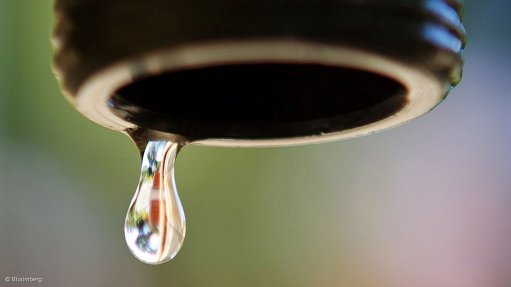
Murray & Roberts Water, a trading division of JSE-listed construction firm Murray & Roberts (M&R), has inked a deal with wastewater solutions provider Organica Water that gives M&R Water the right to hold the exclusive licence for Organica technology in South Africa, and non-exclusively in the rest of the Southern African Development Community region.
“The timing of our partnership with Organica is opportune, as wastewater infrastructure in South Africa is in need of innovative and sustainable thinking and we believe our combined technology and experience can offer the domestic solutions required,” said M&R Water operations executive Harry Singleton in a statement on Wednesday.
Organica Water CEO Ari Raivetz added that, with the synergies between the two companies, it was clear that Organica had found a “solid partner” to deliver its facilities in the emerging local market of wastewater infrastructure development.
M&R Water’s capabilities included feasibility studies, design, the supply of equipment, construction, commissioning, and the operation and maintenance of water and wastewater treatment plants in Africa.
Organica’s wastewater treatment facilities used active biofilms on natural and engineered root structures, all housed in a fully enclosed, odourless facility that offered a reduced physical footprint of between 50% and 75% compared with conventional wastewater treatment solutions, with up to a 30% reduction in operational costs.
Raivetz pointed out that these plants could therefore be located almost anywhere, thus lowering infrastructure costs and enhancing land value around the wastewater treatment facility.
“[An] Organica-powered facility is a water reclamation garden, educational facility, and symbol of sustainability in the community that enables cost-efficient water reuse and allows for increased development opportunities – particularly in populated areas where footprint and odour are significant concerns,” Raivetz concluded